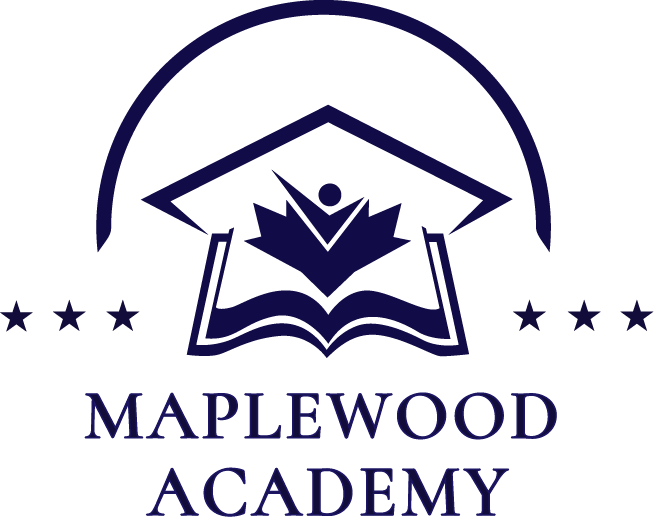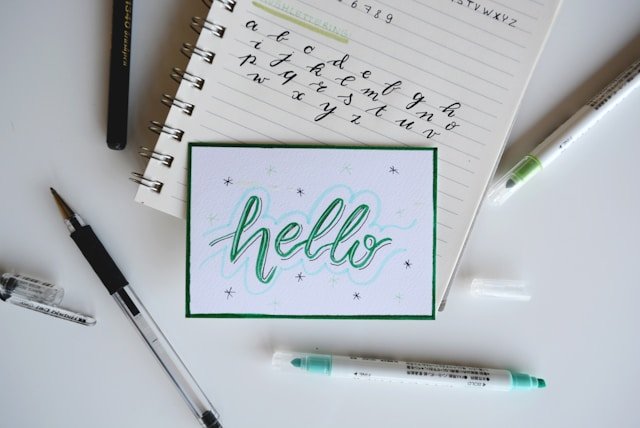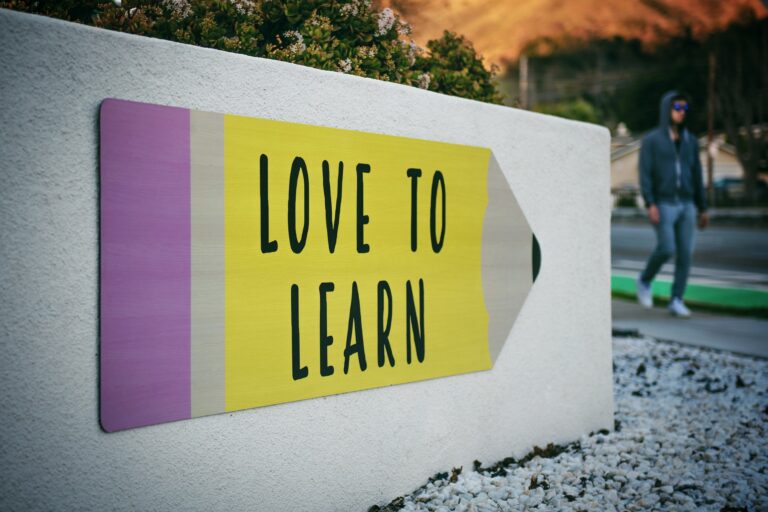About this Bootcamp
The featured bootcamp on the Brain Bee contest at Maplewood Academy is designed to provide students with the knowledge and skills necessary to participate in this exciting neuroscience competition. The course covers a wide range of topics related to the brain and nervous system, including anatomy, physiology, neuroscience research, and common neurological disorders. Through a combination of lectures, interactive quizzes, and hands-on activities, students will develop a deep understanding of the brain and how it functions. Additionally, the course will help students to develop their critical thinking, problem-solving, and study skills, which are essential for success in the Brain Bee and beyond. By the end of the course, students will be well-prepared to compete in regional Brain Bee competitions, and to continue their exploration of the fascinating field of neuroscience.
About Brain Bee
The Brain Bee contest is an international neuroscience competition for high school students that tests their knowledge of the brain and nervous system. The competition was founded in 1998 by Dr. Norbert Myslinski, a neuroscientist at the University of Maryland, with the goal of inspiring students to pursue careers in neuroscience and related fields. Participants are quizzed on a wide range of topics including brain anatomy, function, diseases, and current research. Regional winners go on to compete in national and international competitions, where they have the opportunity to meet leading neuroscientists and engage in scientific discussions. The Brain Bee has grown in popularity over the years, and now takes place in over 50 countries around the world.
Eligibility
- High school student (Grade 9-12).
- Interested in biology and neuroscience.
Date and time
Time of the contest for 2024 will be updated later.
Location
Toronto local brain bee will be held at the University of Toronto.
Topics Covered
- The main textbook used in this course is Brain Facts – A Primer on the Brain and Nervous System (2018 Version).
- Audio book is available through Sound Cloud.
| Week | Topic |
|---|---|
| 1 | Chapter 1: Brain basics |
| 2 | Chapter 2: Sensations and perceptions |
| 3 | Chapter 3: Movement |
| 4 | Chapter 4: Learning, memory, and emotions |
| 5 | Chapter 5: Thinking, planning, and language |
| 6 | Chapter 6: Brain development |
| 7 | Chapter 7: Infant, child, and adolescent brain |
| 8 | Chapter 8: Adult and aging brain |
| 9 | Chapter 9: Brain states |
| 10 | Chapter 10: Body in balance |
| 11 | Chapter 11: Childhood disorders |
| 12 | Chapter 12: Psychiatric disorders |
| 13 | Chapter 13: Addiction |
| 14 | Chapter 14: Injury and illness |
| 15 | Chapter 15: Neurodegenerative diseases |
| 16 | Chapter 16: Kinds of research |
| 17 | Chapter 17: Solving human problems |
| 18 | Chapter 18: Neuroscience in society |
Sample Questions
Additional Info
Canadian National Brain Bee Website: https://brainbee.ca/
International Brain Bee Website: https://www.thebrainbee.org/
Toronto Brain Bee Website: https://neuroscience.utoronto.ca/toronto-brain-bee
Note: The class schedule and topics are subjected to change. Please consult this page frequently.



